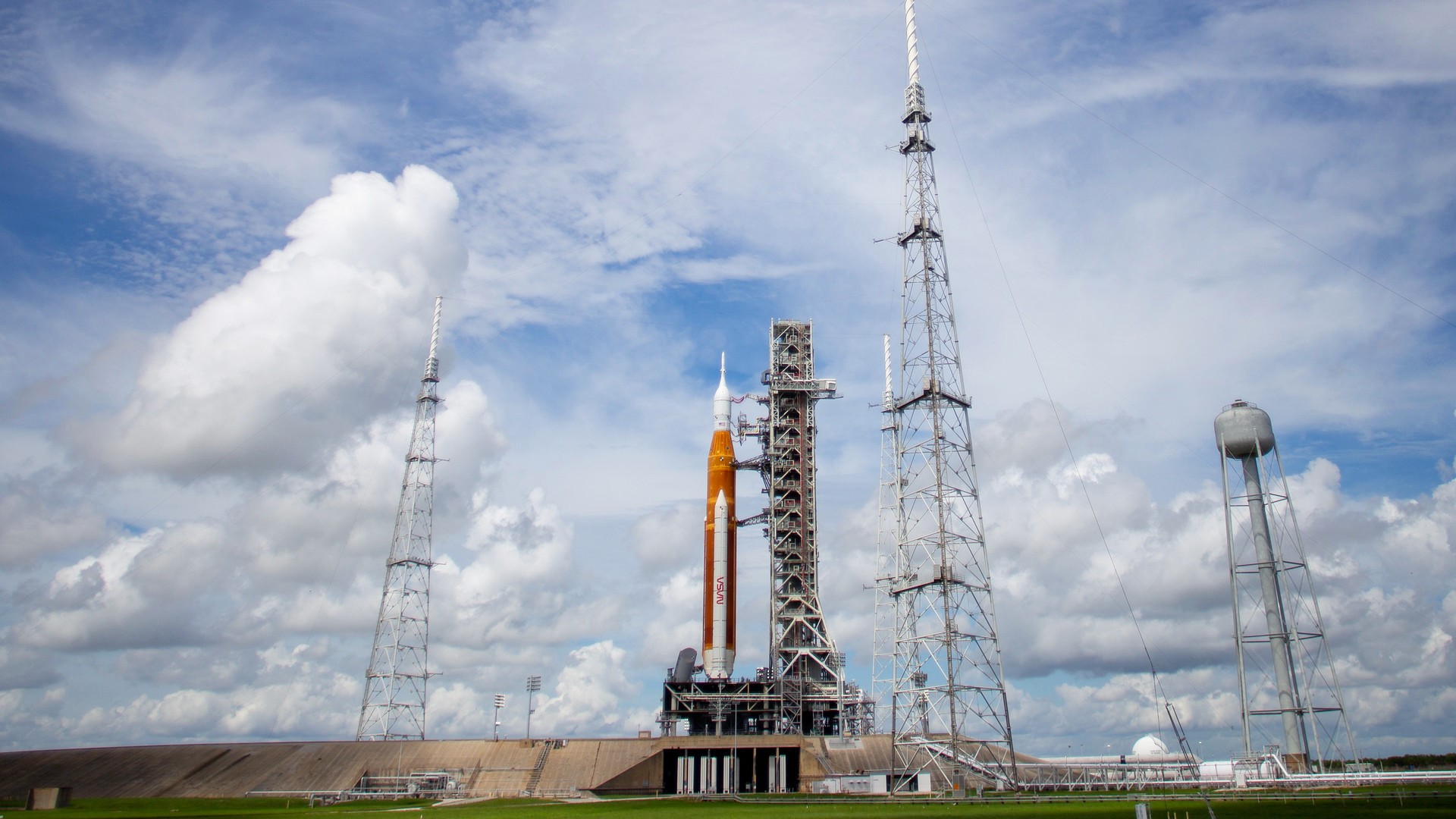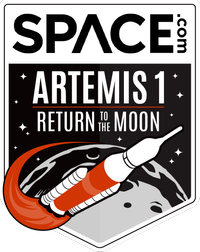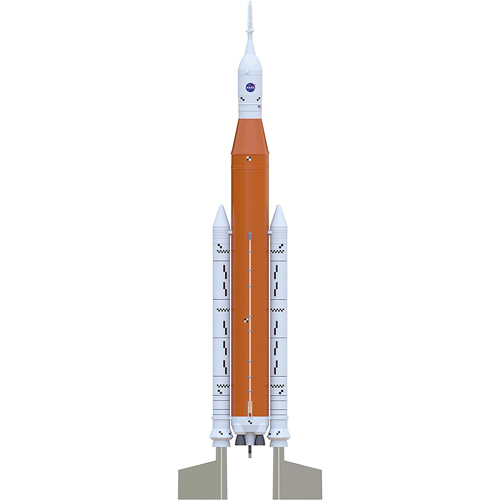Weather looks good for Artemis 1 moon rocket's 2nd launch try, NASA says
With NASA once again a day away from the first launch of its giant new moon rocket, the weather is looking good.


Update, 11:28 a.m. EDT Saturday, Sept. 3: The Artemis 1 mission has been scrubbed due to a fuel leak. The next possible opportunity is Monday (Sept. 5).
CAPE CANAVERAL, Fla. — With NASA once again a day away from the first launch of its giant new moon rocket, the weather is looking good.
NASA's Artemis 1 moon mission is scheduled to launch on the agency's debut Space Launch System (SLS) megarocket Saturday (Sept. 3) from Pad 39B here at the Kennedy Space Center five days after an initial attempt ended in a scrub. Liftoff is set for 2:17 p.m. EDT (1817 GMT).
After solving some technical issues that caused the first launch scrub on Monday (Aug. 29), NASA officials said weather is the only other main concern, but looks promising for launch attempts on Saturday as well as a backup day on Sept. 5. You can watch the launch live online Saturday starting at 12:15 p.m. EDT (1615 GMT).
Related: NASA's Artemis 1 moon mission: Live updates
More: 10 wild facts about the Artemis 1 moon mission
"I do not expect weather to be a showstopper by any means for either launch window," launch weather officer Melody Lovin of the U.S. Space Force's Space Launch Delta 45, told reporters in a press conference here today.
Breaking space news, the latest updates on rocket launches, skywatching events and more!
Lovin said there is a 60% chance of good weather when the launch window opens on Saturday and conditions will improve up to an 80% chance of good conditions as the two-hour launch window progresses. The potential for scattered rain showers and thick clouds are the primary weather concerns, she added.

You can launch a Space Launch System of your own with this Estes NASA SLS model rocket for a 1:200 scale version of NASA's moon megarocket. Read more about it.
NASA will be watching the weather early Saturday morning to make sure it's safe to begin fueling the 32-story rocket with its 736,000 gallons of super-chilled propellant at about 5:45 a.m. EDT (0945 GMT). Bad weather stalled fueling efforts for nearly an hour on its first launch attempt on Aug. 29.
Artemis 1 is NASA's first uncrewed test flight of its new deep-space exploration Artemis program to return astronauts to the moon by 2025. This flight will use the SLS, NASA's most powerful rocket ever, to launch an Orion spacecraft on a 37-day trip around the moon to prove both vehicles are safe for astronauts. The first crewed mission, Artemis 2, is scheduled to fly in 2025 with the crewed lunar landing to follow on Artemis 3 a year later.
NASA has powered up the 322-foot-tall (98 meters) SLS rocket and its Orion capsule for the Saturday launch attempt and all systems look good leading into the final countdown, according to Jeremy Parsons, NASA's deputy manager of exploration ground systems.
NASA called off its first Artemis 1 launch attempt while fueling the massive SLS rocket when one of its four main engines did not appear to reach a cold enough temperature, minus 420 degrees Fahrenheit (minus 251 Celsius), needed for launch. A faulty sensor in the engine caused the issue and NASA has developed backup means to ensure its engines are cold enough for launch.
Launch engineers have also fixed a liquid hydrogen leak and solved a vent valve glitch on the SLS core booster that also cropped up during the countdown.
"Our team is ready," Parsons said. "They are getting better with every attempt and actually performed superbly during the last countdown."
Editor's note: Follow our Artemis 1 mission live updates page for the latest on Artemis 1 mission news.
Email Tariq Malik at tmalik@space.com or follow him @tariqjmalik. Follow us @Spacedotcom, Facebook and Instagram.

Tariq is the award-winning Editor-in-Chief of Space.com and joined the team in 2001. He covers human spaceflight, as well as skywatching and entertainment. He became Space.com's Editor-in-Chief in 2019. Before joining Space.com, Tariq was a staff reporter for The Los Angeles Times covering education and city beats in La Habra, Fullerton and Huntington Beach. He's a recipient of the 2022 Harry Kolcum Award for excellence in space reporting and the 2025 Space Pioneer Award from the National Space Society. He is an Eagle Scout and Space Camp alum with journalism degrees from the USC and NYU. You can find Tariq at Space.com and as the co-host to the This Week In Space podcast on the TWiT network. To see his latest project, you can follow Tariq on Twitter @tariqjmalik.
